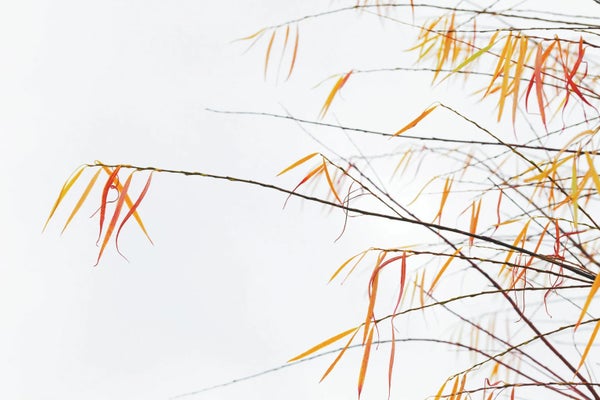Abscission
I liked reading that leaves don't fall in autumn;
they're pushed. It captures nature's cold practicality,
and the human tendency to fall
for appearances, illusions.
When light and warmth dwindle,
a layer of cells starts to spread where leaf stalk
meets twig, like cauterization.
On supporting science journalism
If you're enjoying this article, consider supporting our award-winning journalism by subscribing. By purchasing a subscription you are helping to ensure the future of impactful stories about the discoveries and ideas shaping our world today.
The death-pitted dormant tree looks ahead
without a flicker in its heartwood.
Marcescence
Everything is mostly gray,
sleeping or decayed.
A few brittle curls cling
to the willow's bones—dead
but life won't let go of them,
as though their shreds
still have something to give.
They seem both abandoned
and noble in their outstaying.
Edited by Dava Sobel
